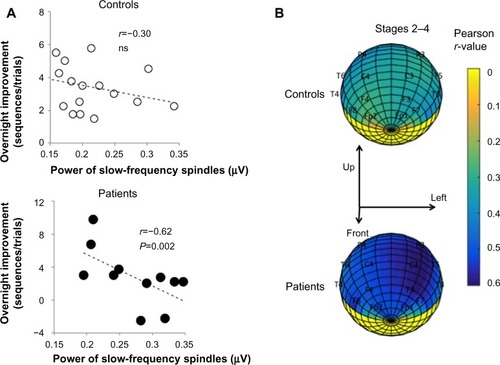Figures & data
Figure 1 Experimental design.
Abbreviations: EEG, electroencephalography; MST, motor sequence test.
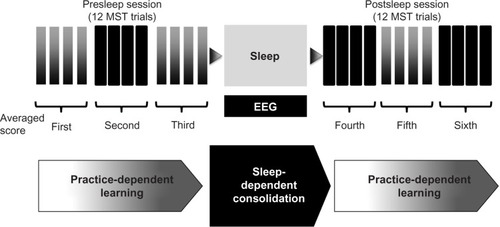
Table 1 Summary of the participants’ demographic data and sleep variables (mean ± standard error of the mean)
Figure 2 Performance improvement on the MST.
Abbreviation: MST, motor sequence test.
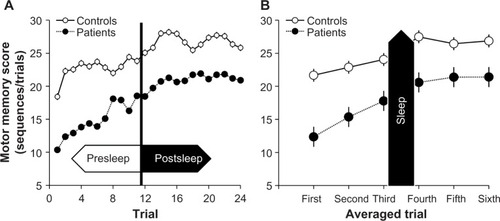
Figure 3 Difference between practice-dependent learning (presleep and postsleep) and overnight improvement (overnight).
Abbreviation: NS, not significant.
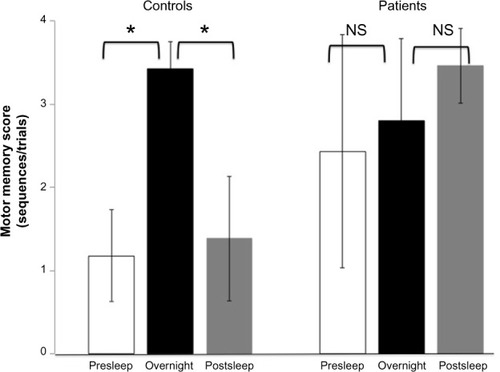
Figure 4 Correlations with offline memory improvement.
Abbreviations: ns, not significant; REM, rapid eye movement; SWS, slow-wave sleep.
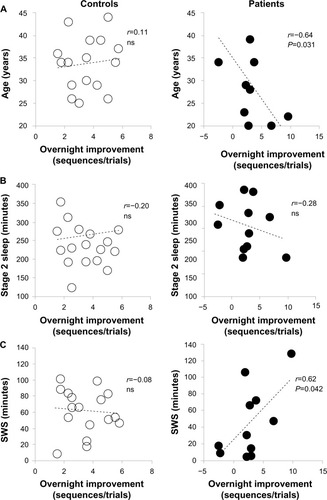
Figure 5 Overnight improvement and slow-frequency spindle activity.
Abbreviations: NREM, non-rapid eye movement; ns, not significant.
